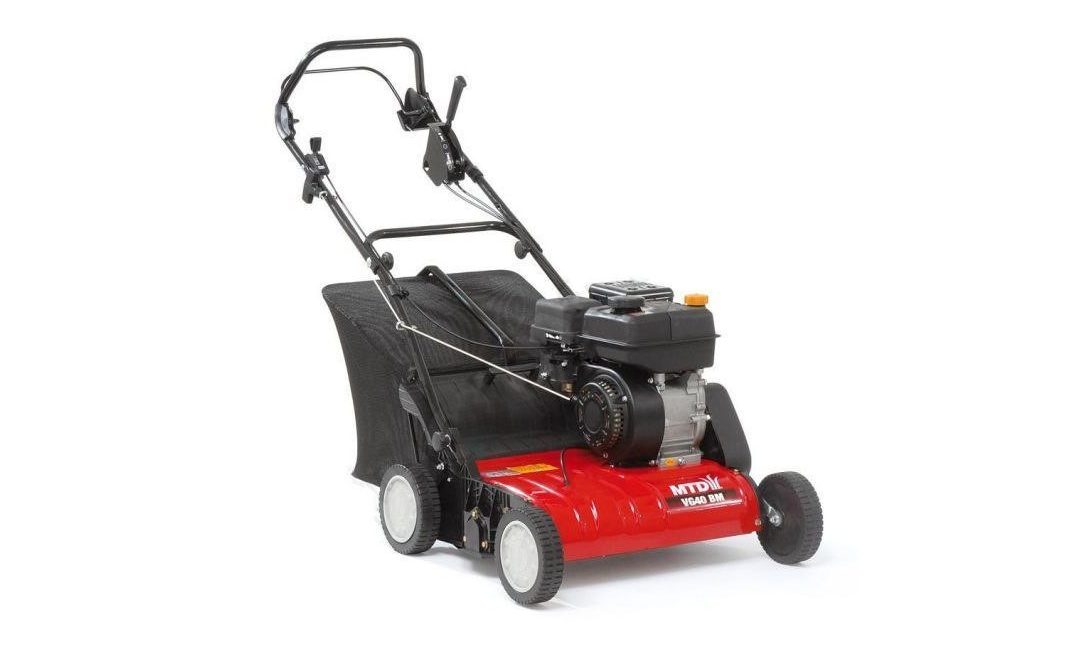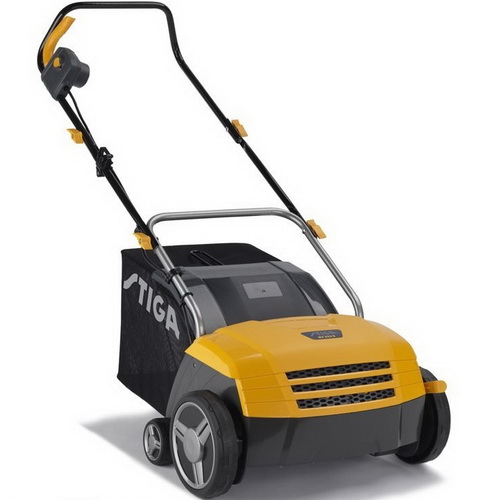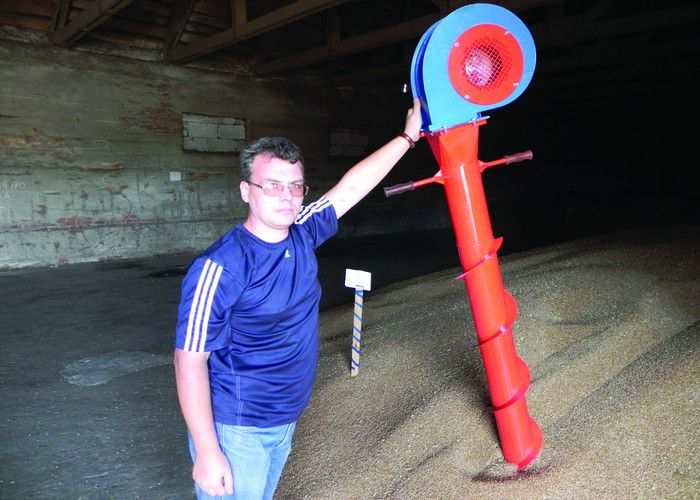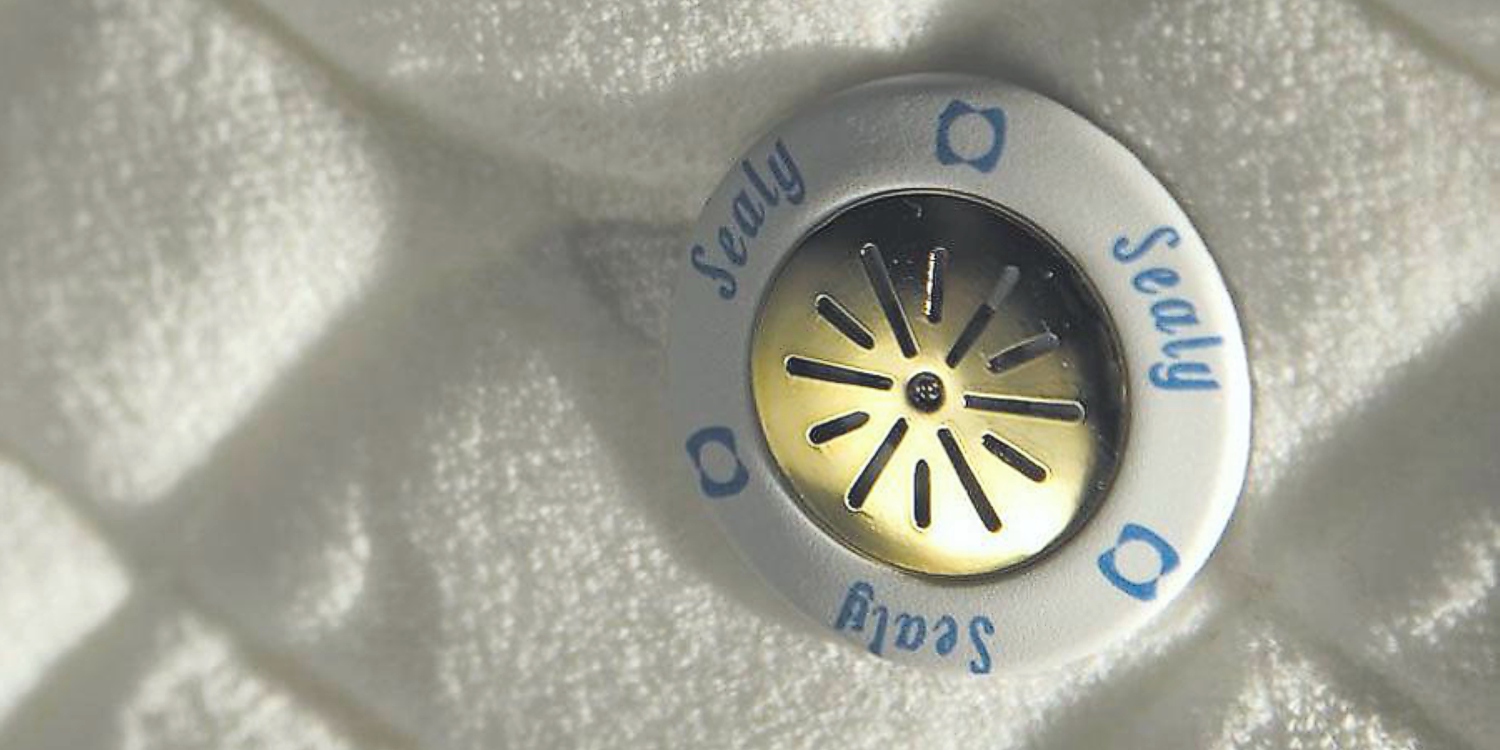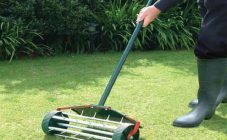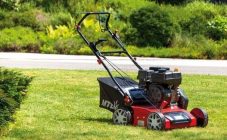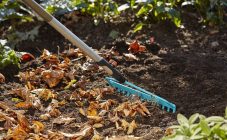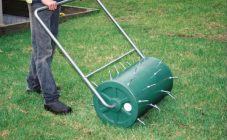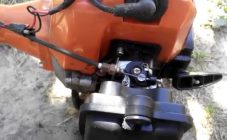Content:
It is no secret for any gardener that healthy soil is the key to a good harvest and a beautiful lawn. A sufficient amount of air and water must be supplied to the roots of plants, which are direct participants in oxygen exchange. Sometimes it happens that due to insufficient oxygen, the plant dies. The reason for this may be a soil crust, which allows nutrients to pass to the roots in insufficient quantities.
In order for the earth to absorb enough air, moisture and nutrients, it is necessary to periodically carry out the aeration process. In other words, to loosen the earth, freeing up the access of substances to the roots of plants. There is a special technique for this process - aerators.
What is an aerator, what types they are, what are the ways to use them and much more will be described in this article.
Types of aerators
They are classified according to three criteria:
- by design features;
- depending on the food;
- by type of individual purpose.
According to the design features, there are three types: rake-aerators, roller and motor.
- Aerator rake is similar in almost everything to a conventional rake. The only difference is that thin plates are attached to them, which better comb the soil and cut the turf.
- Roller ones also work on the principle of a simple rake. The difference is that they do not require active physical activity. To carry out the process of loosening with this roller device, it is enough just to press on its handle and guide it straight on the ground.
- The most effective device in this area is the motorized aerator. It not only loosens the soil, but also collects weeds, debris and foliage.
Electric aerator - what is it
An electric aerator can be either not very high power (400-500 watts), or more powerful (2-2.5 Kilowatts). The advantage of this device is that it does not pollute the atmosphere and does not generate much noise. An obvious disadvantage of the device is its dependence on the power supply, and therefore the range is limited. But this flaw is very easy to fix. It is enough to purchase a 25-30 meter extension cord. But the next drawback immediately emerges: dragging the cord over your site, you can damage the seedlings or other plants. Whether this is considered a significant drawback or not, everyone must draw a conclusion for themselves.
Gasoline aerator
It works completely autonomously, with good mobility, unlike electric. This type of device is especially relevant when working on large areas (golf courses, city parks, etc.). Among the shortcomings, it is worth highlighting the fact that with its exhaust it pollutes the atmosphere, and its considerable noise level may not please neighbors. Most often, such gasoline-powered devices are very large, which negatively affects mobility. Gasoline manual aerators are two, and sometimes three times more expensive than electric aerators, despite the fact that their performance is absolutely the same.
Repair of aerators
The complete set of such devices, as a rule, includes a repair kit, several replaceable rollers for different types of work, keys for disassembly.
The manufacturer offers devices that can be used in completely different industries. Depending on what aerators are for, they are divided into the following types:
- Grain aerator. Promotes the storage of large amounts of grain, eliminating possible sources of spontaneous combustion, as well as killing pests. The grain aerator carries out the process of drying and cooling of raw materials.
- Manure aerator. Allows to keep raw materials in a homogeneous and liquid state. For these purposes, pontoon aerator mixers are used. Such devices mix manure, thereby contributing to the development of the necessary chemical processes, preventing it from stagnating. The agitator-aerator on a pontoon can mix the fraction at a depth of ten meters, while processing up to 5000 m³ of manure per hour.
- Aerator for bleeding the brakes. Helps prevent air from entering the brake system. Used when replacing elements of the brake system, or the clutch with a hydraulic drive to remove air.
- Wine aerator. It is a small glass flask that fits over the neck of a wine bottle. When pouring wine into a glass, the device enriches it with air bubbles, allowing the taste and aroma to be fully revealed.
- Aerator for mattresses. It is built into the mattress in the form of technological holes. It circulates air inside the product, thereby dispersing moisture over the entire area. In this way, harmful bacteria do not accumulate inside the mattress and the service life of the product is significantly extended.
- Juwel diffuser-aerator (for example, for an aquarium). Such diffusers are used in water purification systems in aquariums, ponds, swimming pools and other reservoirs. Industrial aerators are very powerful.
- Roofing. It is intended for filling the space under the roof with air, as well as removing moisture and steam in order to prevent swelling of the roofing material.
- Mixer aerator. It is a small, almost invisible device that is attached to the spout of the crane. It significantly reduces the consumption of water consumed, practically without affecting the intensity of the jet.
- Sewer. To dispose of wastewater in private houses, most often they use a septic tank, equipped with a device, you can make the cleaning much better. Today, many people are replacing sedimentation tanks with aerated units.
Installing the aerator
Some types can be installed without any problems with your own hands. For example, when installing on a mixer, you need to adhere to the following recommendations:
- start the installation by installing the rubber gasket that comes with the device;
- the material from which the adapter is made must match the material of the aerator;
- when using a threaded metal adapter, gaskets must be installed on both sides;
- when tightening the connection, a special key for the aerator will prevent damage to the housing coating, but in addition, a protective cloth can be placed on the tool.
- tighten the thread moderately. With a weak tightening, there will be no tightness, and with a strong tightening, the valve body may burst.
Operating tips
- When using electric aerators, contact with a damp surface should be avoided in order to prevent short circuit and electric shock to a person. Therefore, it is not recommended to use it during rain or other rainfall.
- It is necessary to monitor the power cord of the device so that it does not fall into the working area.
- Before the aeration process, the site must be inspected, stones, branches and other objects that may interfere with the operation of the device must be removed. Working on very steep slopes is not recommended.
- The device is selected based on the area of the territory that needs to be processed. For small lawns, mechanical ones are ideal, for medium territories - electric, for large areas - gasoline.
The aerator is a very simple device that will save you time and effort in soil cultivation.
